Top Tips when planning an ensuite
So, you’ve made the decision to go ahead and invest in an ensuite – now the hard work begins!
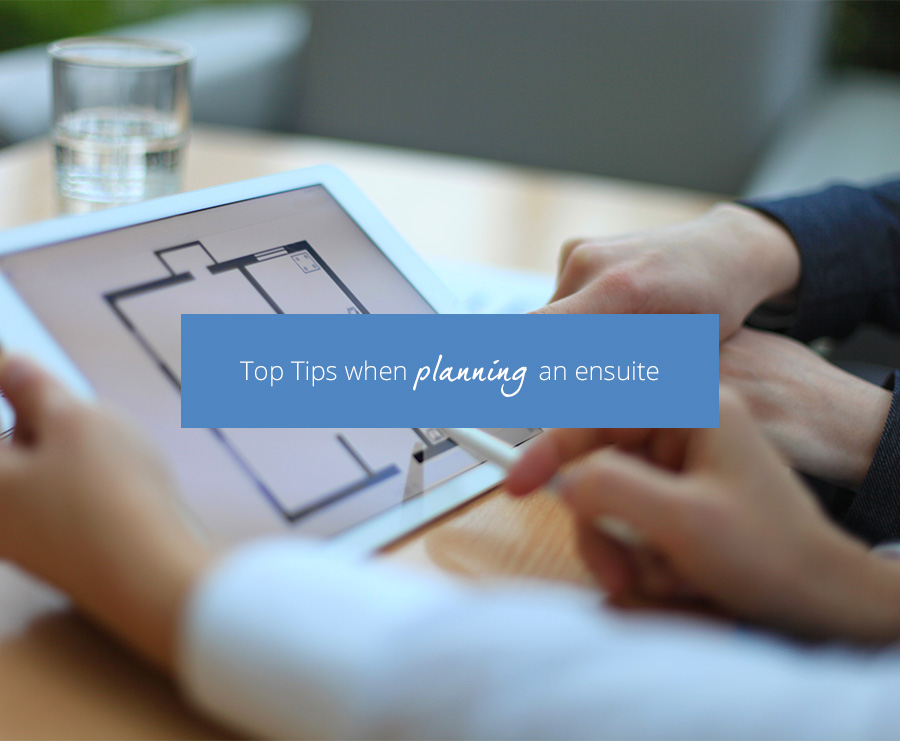
Adding an ensuite to your home isn’t insignificant in terms of cost. Inclusive of labour, fixtures, fittings and finishes like flooring, tiling, and painting the average cost of an ensuite can be anywhere between £3K-£5K yet can vary vastly depending on where your proposed ensuite is going to be located. With so many factors at play, it’s good to have a handle on the variables when planning your ensuite project.
Our top tips are listed below:
- If possible, position the ensuite directly next to an existing bathroom on the same floor or above a bathroom on the lower floor. If you need to redirect plumbing, soil stacks and waste pipes, then the project becomes much more expensive as it will take longer.
- Water pressure can play an important part when choosing fittings so check your boiler has a sufficient supply of hot water to meet the demands of another bathroom. In some cases, you may need to update it and possible reinstall a water tank or pressure booster.
- You will need to check that your chosen taps and shower fittings are compatible with the available water pressure too.
- Make sure your doors open outwards to maximise space in a smaller ensuite or think about incorporating a sliding pocket door.
- Choose a heated towel rail for an ensuite rather than a radiator. These both dry towels and heat the room in a space efficient way.
- Think about a wet room as an alternative to an ensuite as it provides a more generous showering area and solves any enclosure access issues in particularly awkward spaces.
- In a wet room makes sure there’s enough room for towels and toilet roll to be far enough away from the showerhead or they’ll get drenched each time the shower is used and incorporate a heated mirror and preferably underfloor heating as wet rooms can get very steamy.
- Do your research on sanitaryware. If the challenge is space, look carefully at space-saving sanitaryware such as corner basins, corner showers (minimum 80cm quadrant tray for comfortable showering) and even corner toilets. Latest innovations include more multi-functional slimline units offering clever storage and even incorporating mirrors which can make an ensuite appear lighter and more spacious.
- Plan your lighting carefully – there are strict regulations on what can and can’t be used in a wet environment depending on distance to water source. Any wet areas are broken up into zones that correspond with a light’s IP rating. Your electrician will be able to advise but ultimately you should consider a mix of bright task lighting and more subtle mood lighting and vanity lights should be placed either side of the mirror, at eye level, to prevent shadows.
- If linking your ensuite directly off the bedroom, think carefully about lighting circuits so that you can control the ensuite and bedroom independently. You might want softer, dimmable lighting in the bedroom and brighter, task lighting in the bathroom.
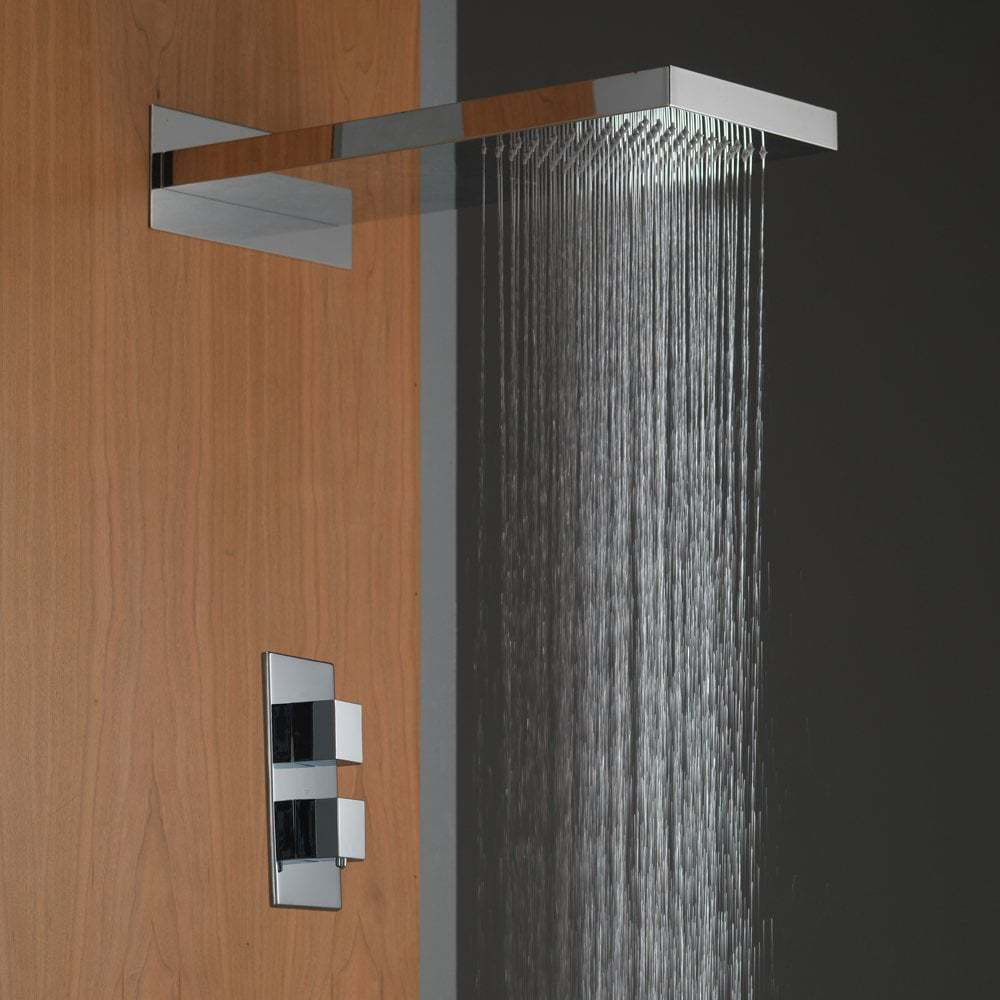
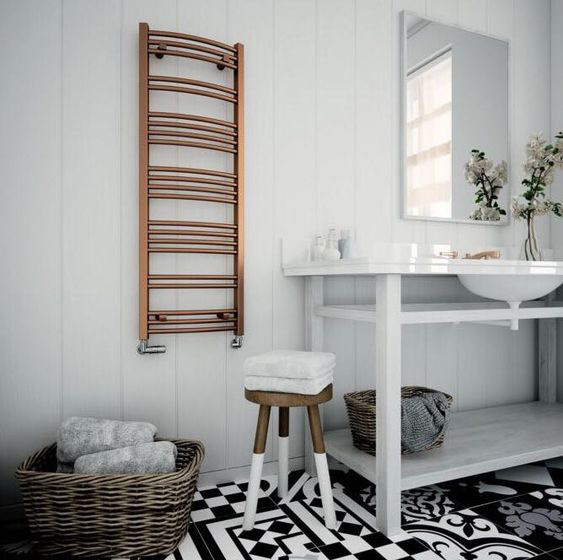
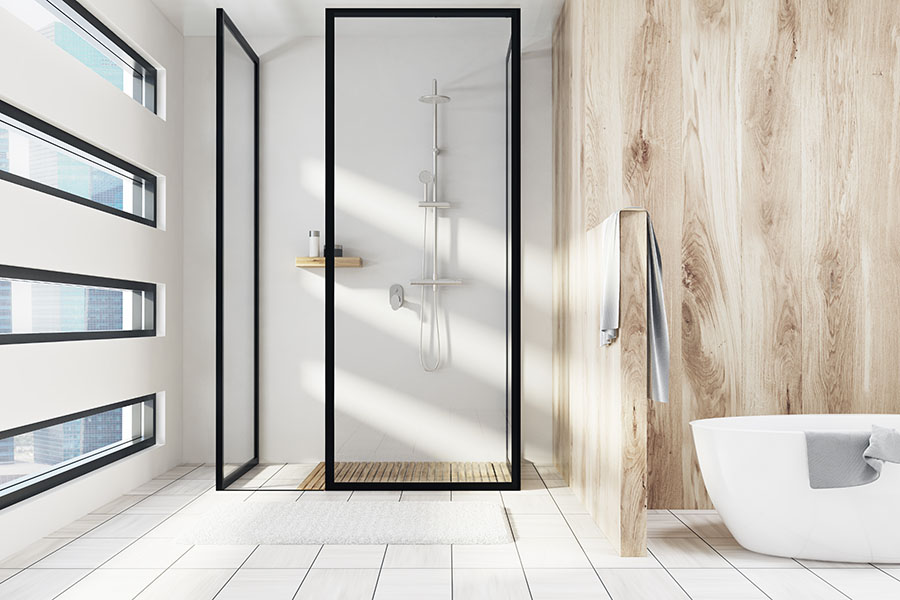
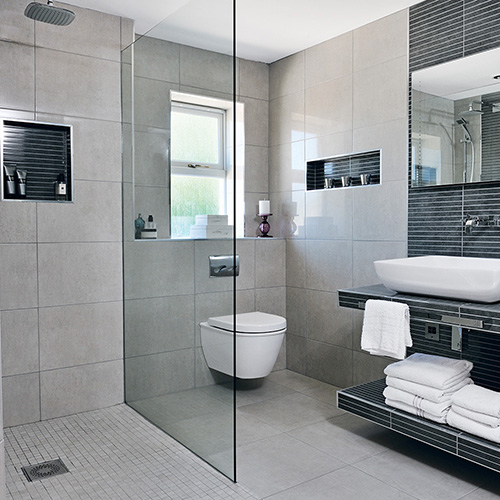
The Compare Network
Copyright – Insight Retail Group Ltd 2025 All rights reserved